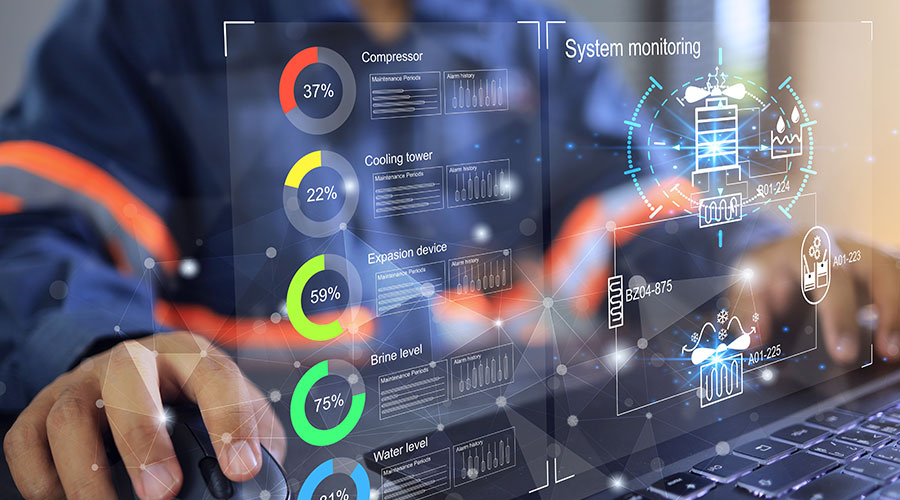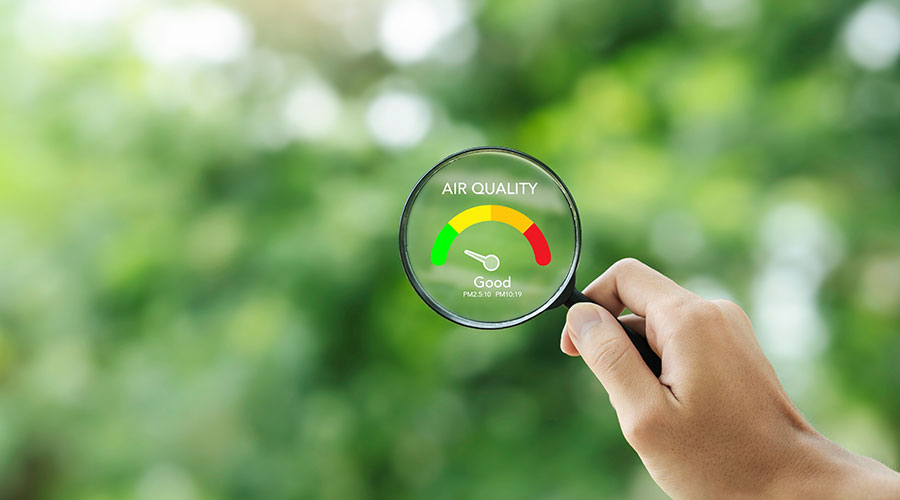How To Measure IAQ Parameters
Besides carbon dioxide, what other parameters should be measured inside offices to quantify the IAQ of that office?
Before I answer this question, I need to note that while measuring indoor carbon dioxide can be useful, it can be subject to misinterpretation all too often. To measure carbon dioxide, you really need to understand what it means and its limitations. First, it must be measured relative to the outside concentration, because it's really the indoor concentration relative to the outdoor concentration that matters and outdoor concentrations vary. You want to measure it well into the occupancy, meaning you don't want to measure it first thing in the morning, when the concentration will be close to outside. And you need to use a reliable monitor that's been calibrated recently. You have to be careful with carbon dioxide. It's not a magic indicator all by itself.
Beyond carbon dioxide, and perhaps even preferred, are thermal comfort parameters. A lot of thermal comfort problems get misinterpreted as indoor air quality problems. If it's hot and humid, you get that stuffy feeling and people often think it's an indoor pollution problem when it's really a thermal comfort problem. Measure temperature, humidity, and air speed to get a handle on comfort. Verifying that thermal conditions are in a good range is important.
Also, take stock of the occupant complaints or satisfaction with the space conditions. That's ultimately why we have ventilation systems and we worry about this stuff — so that the occupants can do their work or get their education or whatever they're in the space for and not get distracted by bad conditions or feel lousy. Having some sort of logging and response mechanism for occupant complaints is a good idea. Again, the EPA Building Air Quality document mentioned in response to the first question speaks to logging and responding to occupant complaints.
Another item to evaluate is the ventilation system operation. Is it on when it's supposed to be on, is it moving the amount of air that it's designed to be moving? Before you get into contaminants, check out the ventilation system.
As far as other contaminants, there's a lot of hesitancy about making such measurements. You can spend a lot of money measuring different things, but what are you going to do with the information? There are potentially hundreds of different contaminants that could be measured but there aren't established criteria for what's acceptable in non-industrial settings. So unless there's a really good reason for measuring the contaminant and you know what you're going to do with the data, many would recommend against it.
Related Topics:














